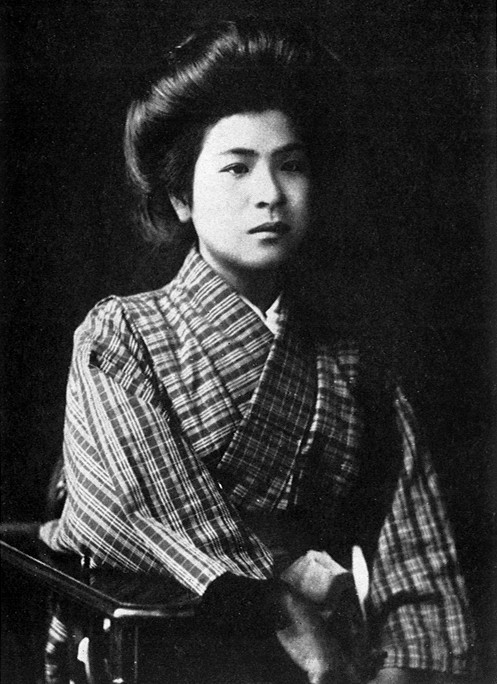Itō Noe, born on this day in 1895, was a Japanese anarchist, social critic, and feminist author. She was the editor-in-chief of the feminist magazine "Seitō", although the magazine eventually folded due to lack of funds because the government would not let distributors carry it.
Beginning in 1916, Itō lived and worked with her partner and fellow anarchist Sakae Ōsugi, and continued to gain prominence as a feminist and anarchist writer. She was highly critical of the existing political system in Japan, which led her to call for an anarchism to exist in "everyday practice", namely that people should in various small ways seek routinely to undermine the kokutai (a sense of national body politic). Itō also translated anarchist writings into Japanese, including works of Emma Goldman.
On September 16th, 1923, Itō, Ōsugi, and his 6-year-old nephew Munekazu were arrested, strangled to death, and thrown into an abandoned well by a squad of military police known as the "Kenpeitai". The killing of such high-profile anarchists, together with a young child, became a national controversy known as the "Amakasu Incident" (named after the leader of the squad).
Lt. Amakasu was arrested and sentenced to ten years in prison for the murders, however he was released after serving only three years.
